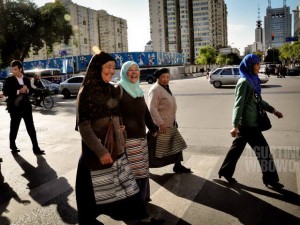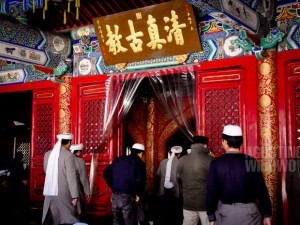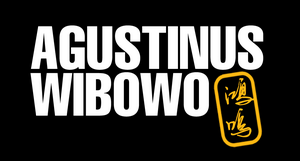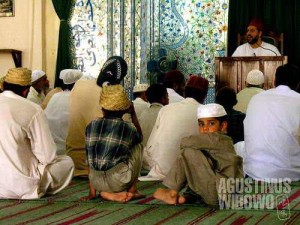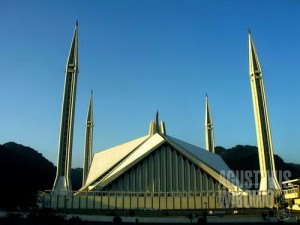#1Pic1Day: Tibetan Muslim (China, 2010)
Tibetan Muslim (China, 2010) Tibetan Muslim women pass through Niujie Street in Beijing. Niujie (the “Ox Road”) is the biggest and oldest Muslim quarter in Beijing. China has dozens of Muslim ethnic groups, but the number of Muslims among Tibetans is actually very low. They inhabit some little villages in northern part of Tibet. Their costumes combine Tibetan dress with Islamic veil. These women came to Beijing as they are preparing to fly to Saudi Arabia for the annual holy pilgrimage. Muslim Tibet (China, 2010) Para perempuan Muslim Tibet sedang melintas di jalan Niujie, Beijing. Niujie (“Jalan Sapi”) merupakan daerah komunitas Muslim terbesar dan tertua di kota Beijing. China memiliki puluhan etnis minoritas yang menganut agama Islam, namun jumlah umat Muslim di kalangan etnis Tibet sangatlah minim. Mereka mendiami beberapa dusun kecil dan terpencil di bagian utara Tibet. Dalam hal berpakaian, mereka pun memadukan baju tradisi Tibet dengan kerudung. Para perempuan ini datang ke Beijing karena mereka bersiap terbang ke Mekkah untuk naik haji. [...]

